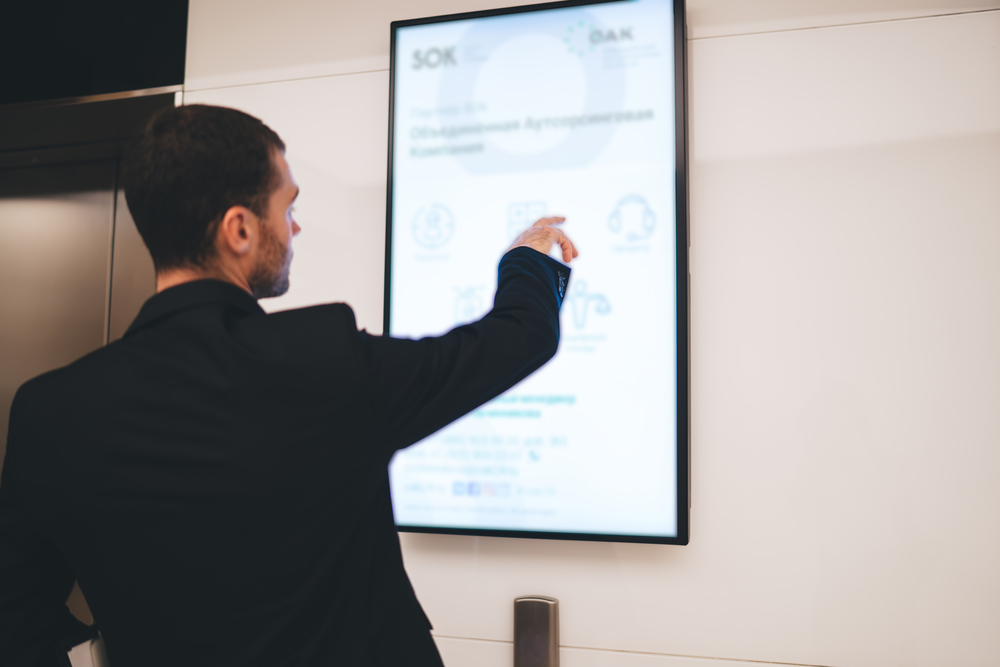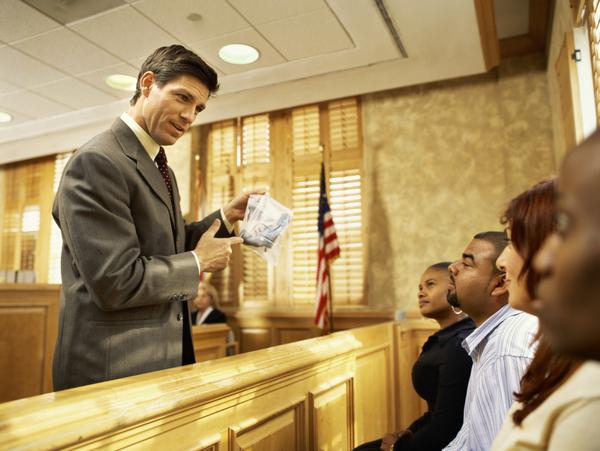Courtroom success often depends on well-prepared trial presentations that simplify arguments.
Courtroom success often depends on well-prepared trial presentations that simplify arguments.
Blog Article
Exactly How Trial Presentations Enhance Your Debate and Convince Jurors
Test discussions act as a pivotal device for improving legal debates and encouraging jurors. By incorporating aesthetic help, narrative frameworks, and psychological interaction, lawyers can produce an engaging instance that resonates on numerous levels. The tactical use of visuals not just makes clear intricate info yet likewise catches jurors' interest better than words alone. The art of narration plays an equally important function in transforming accurate proof right into a compelling narrative, forming jurors' perceptions. Understanding these components can substantially influence trial results, elevating the concern of exactly how each part adds to this elaborate dynamic.

Value of Visual Help
Visual help play an important function in improving the performance of test discussions, as they can dramatically increase audience engagement and retention of info. In the context of a test, where jurors are entrusted with handling complicated details, visual help offer to simplify and clear up bottom lines. Graphes, charts, and photos can convey information and principles that might or else overwhelm or confuse jurors, enabling for a much more uncomplicated understanding of the proof presented.
Moreover, visual aids aid in keeping juror attention throughout the procedures. By breaking the monotony of spoken statement, these tools can stress critical debates, making them a lot more remarkable. Efficient aesthetic help can also stimulate psychological reactions, which can be essential in convincing jurors to align with the presenter's narrative.

Crafting Compelling Stories
An engaging narrative is vital in test discussions, as it acts as the backbone of efficient persuasion. It permits lawyers to weave together realities, evidence, and psychological components right into a meaningful tale that resonates with jurors. This narrative structure allows jurors to recognize the intricacies of the case while directing them via the attorney's argument.
To craft an engaging story, attorneys should concentrate on clearness and coherence. This entails establishing a clear protagonist-- often the client-- and detailing their journey through the occasions in concern. Presenting the realities in a rational series enhances understanding and maintains interaction. Additionally, making use of vibrant summaries can develop mental photos that help jurors picture the events, making the narrative extra remarkable.
In addition, incorporating essential themes throughout the presentation strengthens the core message and aids in retention - trial presentations. The narrative ought to not just share details yet additionally stimulate a sense of justice, highlighting the risks involved. Eventually, a well-constructed narrative fosters a connection between the jurors and the case, placing the lawyer's argument as both reputable and compelling, consequently boosting the likelihood of a beneficial decision

Engaging the Court Psychologically
Efficient court interaction pivots on the attorney's ability to connect with jurors on an emotional degree. This link can dramatically affect jurors' assumptions and their utmost decision-making.
Aesthetic aids, such as pictures or video clips, can better boost emotional interaction, providing jurors with vivid depictions of the situation's human aspects. Crafting a narrative that highlights the struggles and victories of the people included makes sure that jurors see beyond the legal debates and acknowledge the human consequences of their choices.
Moreover, tone and body movement play a critical role in sharing feeling. A lawyer's passionate shipment can reverberate with jurors, strengthening their emotional financial investment in the situation. It's important to stabilize psychological appeals with valid evidence, making moved here certain that jurors feel compelled to act while remaining grounded in the reality. Ultimately, a mentally involved jury is most likely to be convinced, making emotional link an important element of efficient trial presentations.
Structuring Your Presentation

The body of the presentation must be realistically segmented into bottom lines, each supported by compelling proof. It is advantageous to utilize storytelling methods to weave facts right into a story that jurors can easily adhere to. Aesthetic help, such as charts and video clips, can enhance comprehension and engagement, aiding to highlight crucial items of evidence.
Real-World Case Studies
Taking a look at real-world study supplies very useful insights into the art of trial presentations and persuasion. The spots case of "O.J. Simpson v. Individuals of The golden state" illustrates just how visual aids and engaging stories can persuade court assumptions. The defense team effectively utilized a technique that incorporated high-profile specialist testaments with multimedia presentations, which astounded jurors and eventually affected their choice.
One more my explanation notable instance is the "McDonald's Coffee Case," where the complainant's attorneys made use of visuals images of the injuries sustained by Stella Liebeck. trial presentations. This raw aesthetic proof played a critical function in conveying the severity of her burns, bring about a considerable court award. Such instances show that impactful trial discussions typically rest on the reliable integration of visuals and narration to stimulate emotional responses from jurors
Moreover, the "Casey Anthony Test" highlighted the value of narrative comprehensibility and trustworthiness. The prosecution's failing to establish a compelling timeline reduced their influential power, underscoring the requirement of a well-structured presentation. Examining these instances reveals that successful test discussions require critical planning, psychological engagement, and the ability to reverberate with jurors' worths and beliefs.
Final Thought
Test discussions dramatically boost disagreements and try this out encourage jurors with the calculated use visual help, compelling narratives, and emotional involvement. By streamlining complicated information and fostering links with the target market, these elements develop a remarkable and impactful experience. A well-structured discussion balances sob stories with valid evidence, eventually reverberating with jurors' worths. The integration of these techniques not just affects decision-making however also emphasizes the relevance of efficient communication in the court room.
Report this page